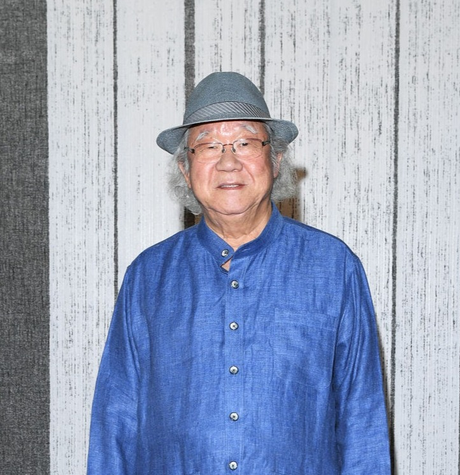
Ha Chong-Hyun
Ha, Chong-Hyun is a South Korean artist born in 1935. He is one of the leading figures of the Dansaekhwa (Korean monochrome) movement, which emerged in the 1970s and gained international recognition in the 2010s. Dansaekhwa artists sought to create a new form of abstraction by using traditional Korean materials and techniques to explore the nature of painting itself.
Ha's work is characterized by a technique called "congealing," which involves applying thick layers of oil paint to the canvas, which are then scraped, punctured, or otherwise manipulated to create a sense of depth and texture. This technique, along with Ha's use of subdued earth tones, creates a sense of contemplative stillness and serenity in his works.
Ha's art has been exhibited internationally in major institutions, including the Venice Biennale, the Guggenheim Museum in New York, and the National Museum of Modern and Contemporary Art in Seoul. In recent years, his work has gained renewed attention from the art world, as a new generation of artists has been inspired by the Dansaekhwa movement and its emphasis on process, materiality, and mindfulness.
Years:
Born in 1935
Country:
South Korea, Sancheong